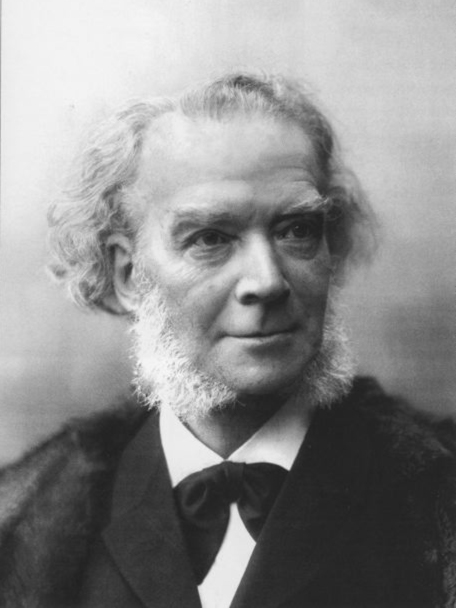

There is now general agreement that the decorative doodle at the top of an autograph manuscript of the Wohltemperirte Clavier is a diagram encoding a well-tempered tuning. As the three papers below show, there is not a consensus on how to interpret the diagram.
In a nutshell, the diagram is understood to represent instructions on how to temper the twelve fifths in a tuning system. Counting from right to left, there are five circles with each two circles inside, followed by three circles without any internal circles, followed by three circles with only one circle inside each. These circles totaling only eleven, rather than twelve, there is some disagreement about how to understand the value of the twelfth and final circle. At the moment I prefer the reading that sees the little circle on the far left as representing an empty circle.
There is further disagreement about how to interpret the three kinds of circles. I currently prefer to see the simple circles as representing pure fifths, and the total of thirteen inner circles as the number of parts into which the so-called
Pythagorean comma is divided. The five fifths at the right of the diagram are all narrowed equally by an amount that is twice that of the three fifths at the left, which are to be each narrowed by one part. I rather like the results that emerge when you temper the latter three fifths by narrowing them at a rate of around one beat per second (MM= 60), and the five fifths on the right at a rate of around two beats per second (MM=120),
starting with E at the left:
E-B pureB-F# narrow by ca. 1 beat per secondF#-C# "C#-G# "G# - E-flat pureE-flat - B-flat pureB-flat - F pureF-C narrow by ca. 2 beats per secondC-G "G-D "D-A "A-E "I find the resulting temperament highly energized, but not over-wrought, and certainly not polarized in any way. After listening to it recently for a couple of hours, I found it quite refreshing.
Bach's Temperament: Three Articles on the Interpretation of the Diagram on the Titlepage of the Wohltemperirte Clavier Part ISee also: J. C. Francis' website http://bach.tuning.googlepages.com/home















